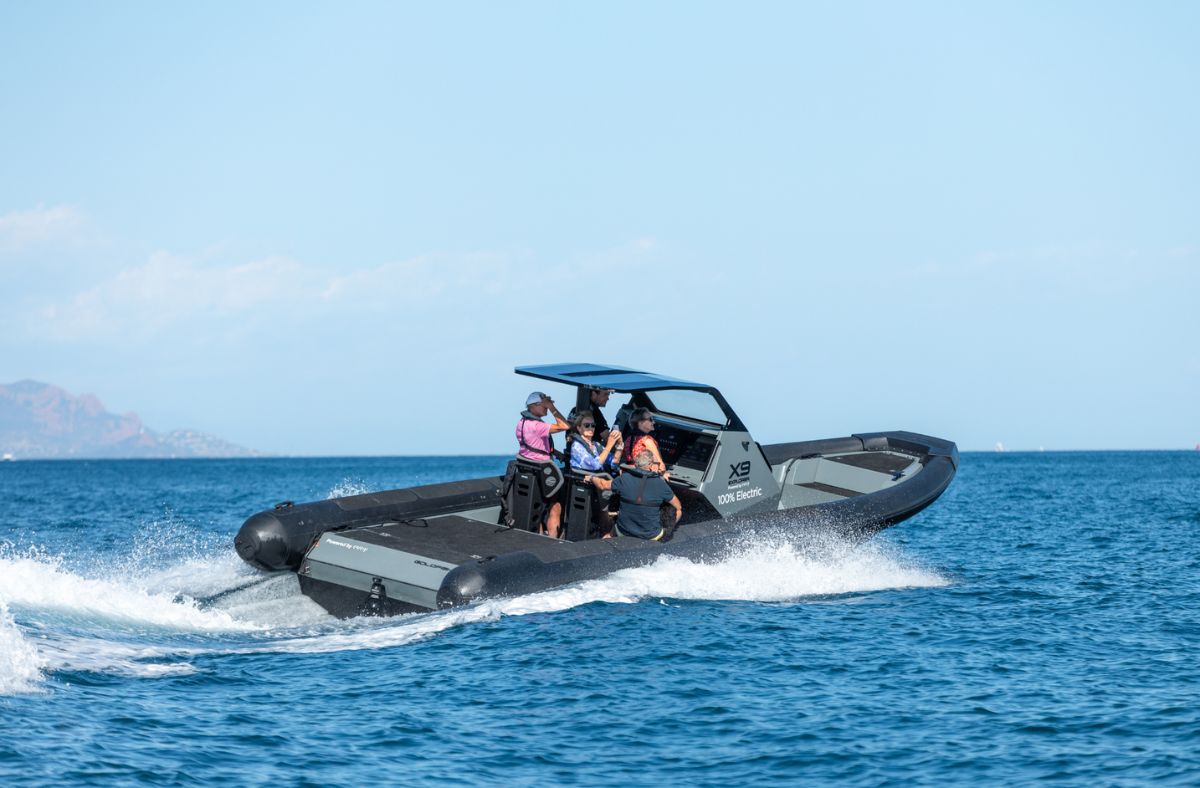
Evoy has delivered high output electric motor systems to a lot of different types of boats and boatbuilders. We often see a cruising range of around 25 nautical miles, but you need understand that range can differ depending on a lot of factors.
When discussing range we need to understand that cruising range is not the same as maximum range. Cruising range is the range you get when the boat just hits planing speed . Continue reading to learn more.
There are numerous variables that affect range. Some more basic than others:
Hull resistance is the most difficult to understand, and it plays a significant role in determining the range on a single charge. Resistance is the force that needs to be overcome to move any object through water.

There are several types of resistance that will influence the total resistance experienced by the boat, but some of the main components are:
One of the most significant factors affecting hull resistance is speed. The faster a boat travels, the more resistance it encounters. But that being said: boat’s which are designed to travel at higher speeds often have a sharp V-shape hull design, which has less surface area and therefore causes less drag and resistance. Boats which can’t get past the planing threshold often have a flatter and wider hull design, and feature more surface area in contact with water, creating more drag and resistance.
The resistance curve is a graphical representation of the different types of resistance that a boat encounters as its speed increases. For a planing boat, the resistance curve looks something like this:
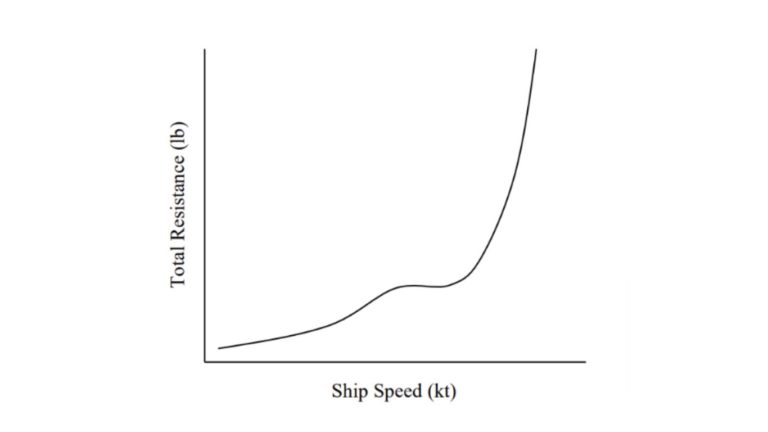
Figure 1: Resistance curve for a boat.
At low speeds, the wave resistance is the largest factor, with the form resistance and frictional resistance also playing a role. As the speed of the boat increases, the wave resistance decreases, and the form resistance and frictional resistance become more significant. Eventually, the boat reaches the planning threshold, the bump on the graph. Here the wave making resistance almost disappears and the total resistance will decrease slightly. As speed increases the drag created by the hull becomes the dominant source of resistance and the curve rapidly increases.
Now that we know the different types of resistance and how they affect a planing boat, we can start to understand how speed affects range. The key thing to remember is that the faster a boat goes, the more resistance it encounters, which means that it requires more power to maintain that speed.
For an electric boat, this means that the battery is being drained more quickly as the boat goes faster. In order to maintain the same speed for a longer period of time, the battery must be able to withstand a higher level of drain, which the Evoy batteries are capable of.
The Evoy electric motors delivering output of 120 to 400 horsepower, and peak power up to 800 horsepower, can give your boat a top speed of 60 knots. As the boats powered by Evoy can operate at a wide range of speeds, the range depends on how fast the boat is traveling.
From what we have learned, can we say anything about at what speed your electric boat is most efficient?
Yes, the boat is most efficient just past the planing threshold when it can be operated at higher speeds and still be efficient. This is what most boat builders refer to as the cruising speed for their boat.
But, of course, if range is all that matters to you then you should operate at lower speeds, where the resistance is less, and your electric boat will have the best range in both duration and distance.
(But nobody gets an Evoy motor to go slow…)
Below you will see the consumption data from one of the Evoy demo boats for three different speeds. Pay attention to how the consumption per nautical mile (kWh/nm) changes for the different speeds. At 7 knots the range in distance is shorter than at cruising speed, as we are at the beginning of the bump which is around the planing threshold.
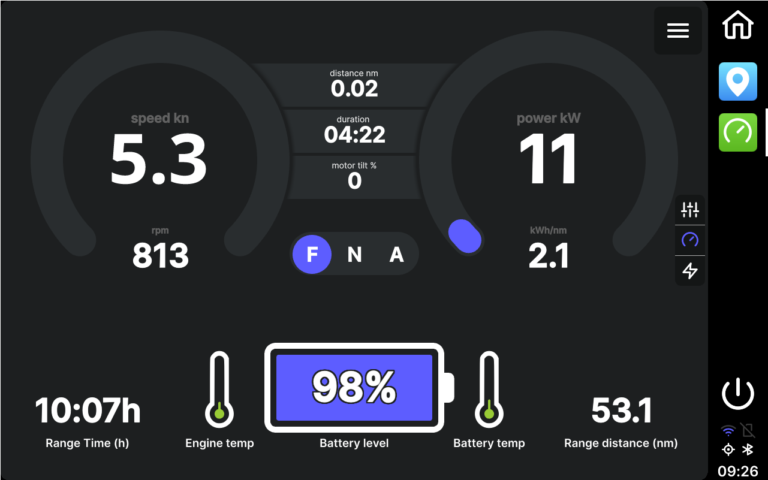
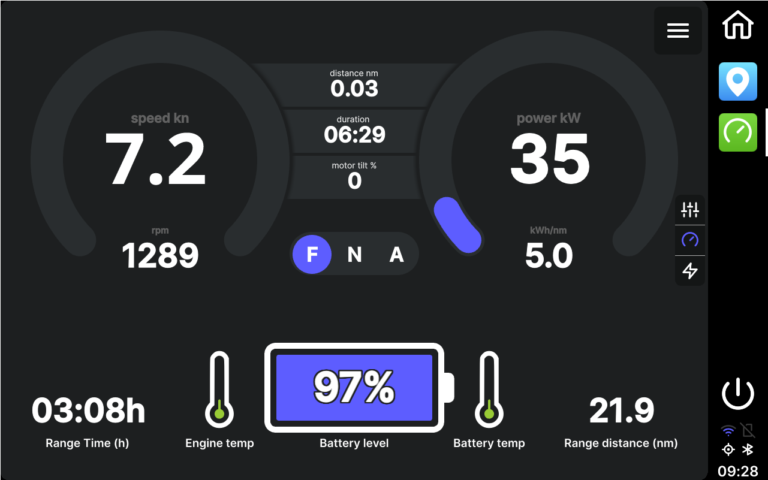
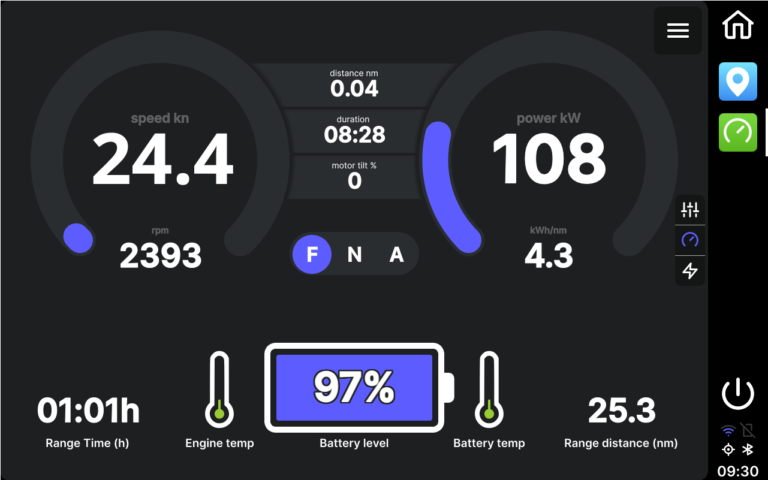
Figure 2: Consumption data from slow speeds to cruising speeds.
If you’re looking to increase the range of your electric boat, there are various measures you can take to reduce resistance. These measures include
To reduce drag and hull resistance, we now see boats with a hydrofoil, which lifts the boat out of the water at higher speeds. Air cushion technologies help to reduce the wet surface and reduce the frictional resistance, also giving the boat more range at higher speeds.
A simpler measure is simply to keep your boat hull clean, as this will reduce the drag, resulting in better consumption and more range. Hull trim will also affect the resistance and power consumption. You can trim your boat with moving loose weights, or by trimming the motor.
With an Evoy system you also have very accurate power output readings, so when trimming your boat, you will be able to see if you are trimming the boat in a beneficial way. You will be able to see that the consumption goes down and the speed up, and vice versa. Pay attention to the consumption per nautical mile to see if you operate your boat efficiently.
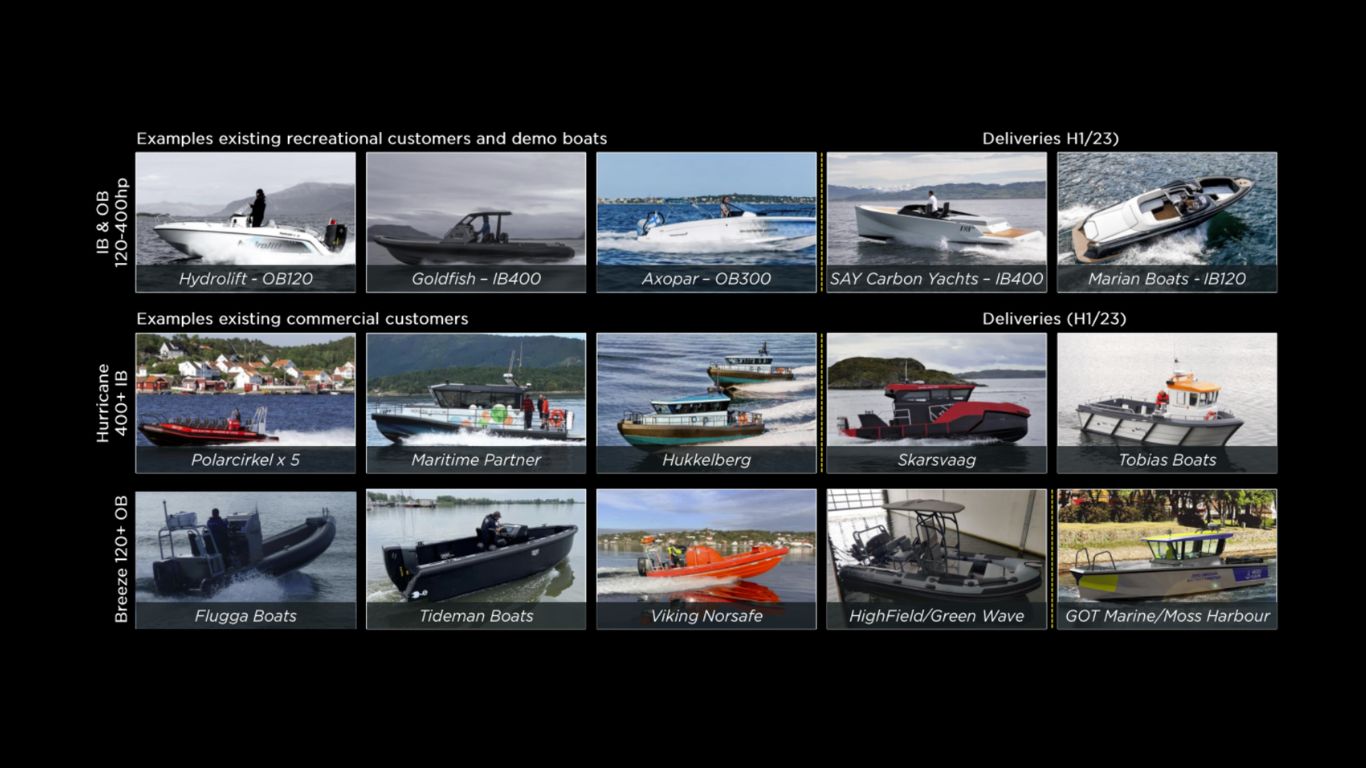
Figure 3: Some of the Evoy deliveries. Different kind of boats, different kind of consumption and range.
At Evoy we often refer to the cruising speed of the boat, the speed just above the planing threshold, where we have learned that it’s beneficial to operate your boat.
What makes it difficult is that the cruising speed is unique for each boat, and the weather conditions with wind, waves and current will also affect the range the day you are out on the sea. For smaller boats with the Evoy Breeze 120+hp, the cruising speed is often just above 20 knots. For bigger boats, with a bigger Evoy system, either the Storm 300+hp or the Evoy Hurricane 400+hp, the cruising speed is often around 25 knots.
As Evoy has done several deliveries to boats in different sizes, as we told you we often see a cruising range of around 25 nautical miles. However, if you want to cruise at lower speeds, you will benefit from the lower resistance, and you can cruise for 12 hours or 50 nautical miles at 5 knots. Whatever speed gives you the irresistible boating feeling, we hope you enjoy the time on the water, cruising silently and zero emission with an electric motor system from Evoy.

Subscribe to our Newsletter
Enter your email *
Join our newsletter to get the latest updates from Evoy!
Enter your email *